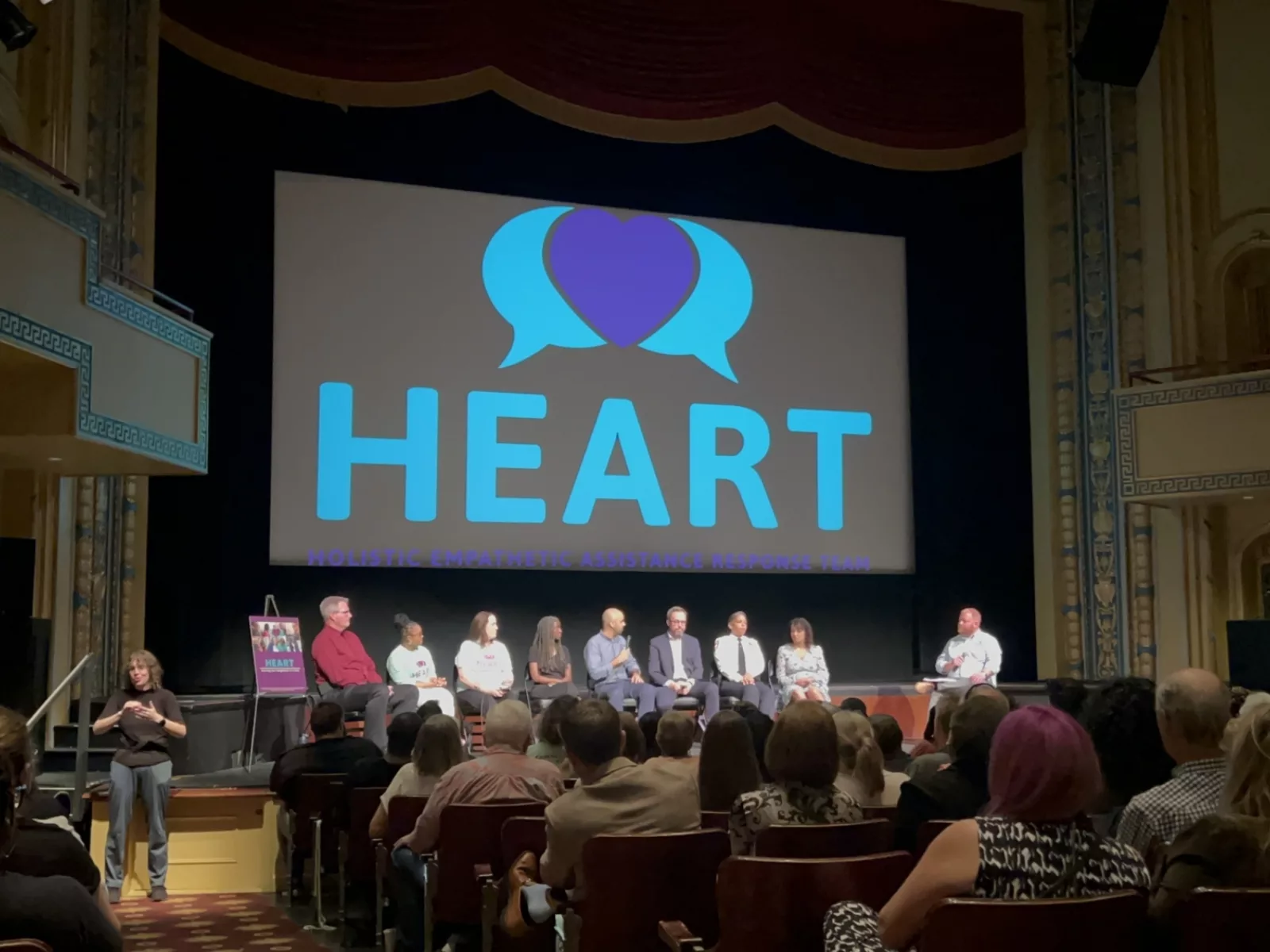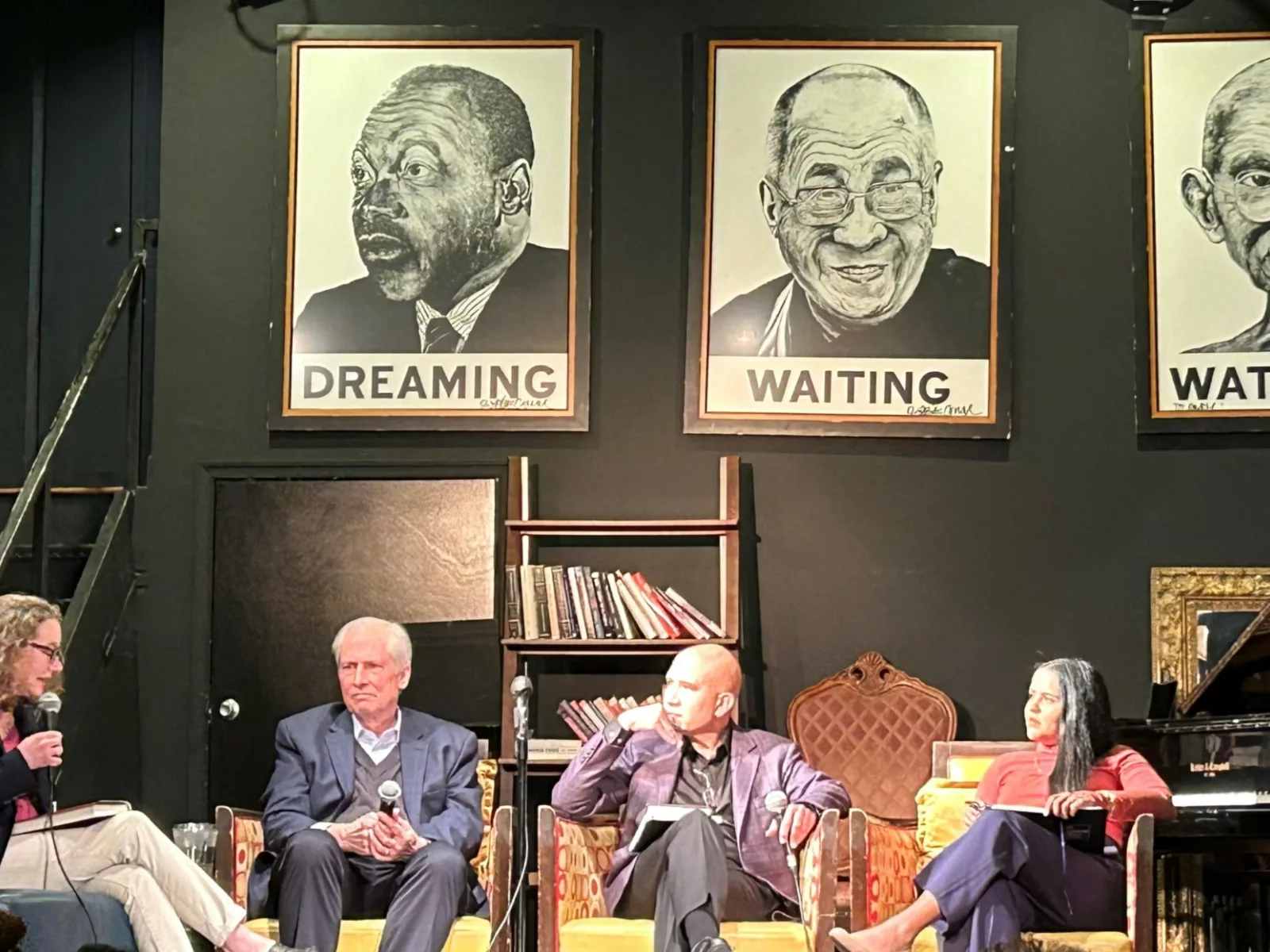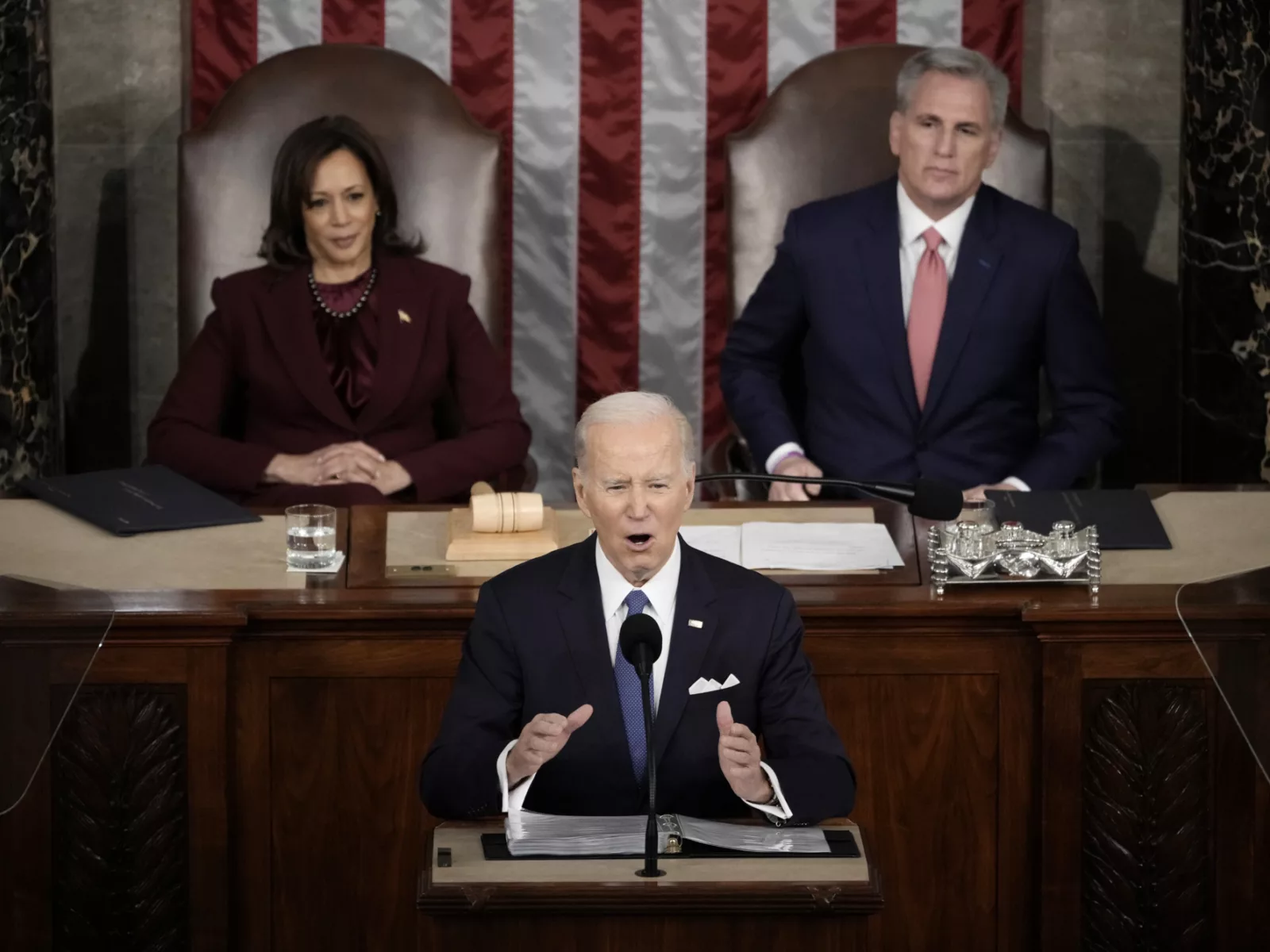From a young age, children are taught to call 911 during an emergency. It is the point of entry into a system that is meant to keep our communities safe — but what do we actually know about 911?
The emergency telephone number has been part of the national fabric for more than 50 years, but little objective data is collected about call outcomes, and there is no standardized system that governs calls. As a result, emergency response is often mismatched to the 240 million calls made to 911 each year, a majority of which are for noncriminal issues, where the police are often the only option provided to dispatchers who have to make split-second decisions throughout every shift they work.
Trained police spend their time on traffic crashes instead of investigating cases. Armed officers are sent for mental health calls. This mismatch of armed responses when one is not needed disproportionately harms Black, Brown, and Indigenous communities — a reality thrust into the spotlight with the death of George Floyd at the hands of Minneapolis police officer Derek Chauvin after a store clerk called 911 to report a suspected fake $20 bill.
Number of calls made to 911 each year, a majority of which are for noncriminal issues
A New and Improved Idea of Public Safety
Through its work on crisis response, Arnold Ventures is hoping to change how systems operate across the patchwork of more than 6,000 local 911 services. By collaborating with programs in states and counties to study emergency response systems and then implement innovative practices to change how they respond to crises, Arnold Ventures is promoting a new vision of community safety.
“The vision of the Crisis Response portfolio is to build safe communities by having police use their arrest powers sparingly and equitably; people in crisis should receive the help they need, and policies at all levels of government should support community well-being,” AV Director of Criminal Justice Asheley Van Ness said. “The systemic policy and practice reforms that are contemplated by our strategy encompass not only the options and actions taken by the police when responding to an incident, but also what occurs when there is a call for help to a 911 center and the range of resources available to dispatch in response to the call.”
As part of that work, Arnold Ventures is partnering with The University of Chicago Health Lab on its Transform911 initiative. Over the course of 18 months, starting in April 2021, University of Chicago staff has engaged with partner organizations and communities to explore the 911 system and remodel it into a tool that prioritizes health and safety.
Last month, Transform911 held a digital convening in which leaders in public health, law enforcement, government, technology, and emergency response telecommunications shared their views on improving the nation’s emergency hotline. Walter Katz, vice president of criminal justice at Arnold Ventures, pointed out that too many 911 calls automatically direct police to respond to calls for service, especially for complaints of so-called suspicious persons.
“Ultimately there were some communications gaps, rather hasty conclusions reached by police,” said Katz, referencing the deaths of Elijah McClain and Tamir Rice at the hands of police. “There’s a host of areas for us to explore to explore the benefits and the costs. We’re learning more about the harms but more needs to be done.”
American Rescue Plan Funding
Local leaders have already started to call for enhanced training for emergency operators and the introduction of alternative responses to law enforcement. Change is already happening at the top. Drawing off of the successful CAHOOTS program in Eugene, Oregon — and with support from Oregon Democratic Sen. Ron Wyden, the Biden administration allocated funding in the American Rescue Plan for community-based mobile crisis services for people experiencing mental health or substance use problems. Many law enforcement leaders themselves have spoken out about the need for alternatives to simply sending the policy.
“This provision would allow states to utilize Medicaid dollars for operating community-based mobile crisis intervention units as an alternative to law enforcement intervention,” Van Ness said. “Communities across the country desperately need alternative responses to people in crisis that don’t rely on law enforcement.”
In fact, leaders in the 911 reform space say that crafting a system for non-police responses is vital to advancing a new and improved idea of public safety.
Communities across the country desperately need alternative responses to people in crisis that don’t rely on law enforcement.Asheley Van Ness AV director of Criminal Justice
Moki Macias, who was on a panel at the Transform911 convening, is the executive director at Atlanta’s Policing Alternatives and Diversion Initiative (PAD). The city created a hotline for people to call in situations where they need help but don’t see a need for police to get involved. Examples range from someone experiencing a mental health crisis to a person who is unhoused and in need of food and clothing.
“What we heard time and time again from community members, business owners, and stakeholders is that they did not want to have to call the police,” said Macias. “What we heard from officers very much tracked what we heard from community members: It does not feel necessary to involve the police in these kinds of concerns, and that’s what has been promoted as the option.”
A 311 Hotline in Atlanta
After years of conversation with community members, law enforcement, 911 workers, and social services organizations, PAD launched its 311 community referral hotline. People were advised to call the non-emergency number to facilitate outreach to people experiencing quality of life concerns related to mental health, substance use, or extreme poverty. Prior to the citywide launch, PAD helped train 311 dispatchers on behavioral health issues and identifying common, non-police responses.
“We were able to do dedicated training with this team and that’s really changed 311,” said Macias. “Now people know in the city of Atlanta you can not only call about city services like fixing a pothole, but also for disturbances or other concerns that need an outreach response.”
She also stressed that crisis response reforms are not the solution to systemic shortcomings that lead to an underinvestment in vulnerable communities.
“You can’t just do an alternative response,” said Macias. “A big reason why we have the responses we have is we can hide people in jail and say we’re spending money on them instead of investing in the housing, behavioral health care, and economic opportunities that would change their circumstances. As we create new ways of responding to these needs in real-time, we need to invest in policies and infrastructure that actually meet people’s needs”
Targeting Racial Disparities in Michigan
In Washtenaw County, Michigan, Sheriff Jerry Clayton has his own ideas for reforming 911. The county is designing its own pilot programs aimed at changing how call takers respond to calls and, eventually, who responds to them.
Clayton said that the majority of calls that come in are not for violent crimes in progress, but instead for things like loud music and other nuisances, suspicious people, and interpersonal disputes. He believes that these calls, even if they’re for harmless offenses, have resulted in racial disparities when it comes to incarceration. While Black people make up 12%of the county’s population, Black people account for more than 50% of the jail population.
“Both police and dispatch have been used by government officials and people in the community as a tool to further discriminatory acts toward people of color,” said Clayton.
Additionally, Washtenaw County is working on an alternative responders program similar to CAHOOTS and PAD.
“Part of our process is we’re doing a series of focus groups talking to leaders,” said Clayton. “We’re really in this [mode of] fact finding, let’s get an understanding of what the landscape is.”
Multi-City Research in North and South Carolina
The nonprofit research group RTI International, with support from Arnold Ventures, is working on a multi-city research project of a cohort of North Carolina and South Carolina cities which is analyzing 911 calls for service to ensure that first-responder resources are aligned with community needs.
“What’s pretty clear now is that a large proportion of calls that go to the police are not crime related and are for other types of needs,” said Dr. Kevin Strom, project lead and Director of RTI’s Center for Policing Research and Investigative Science.
Officials in Durham, North Carolina, along with six other cities, wanted to use a data-driven approach to reform their 911 systems. Among the data RTI examined were why people were calling 911 and how many of those calls led to arrests. Strom said he found certain types of calls such as building security false alarms and traffic accidents were using a significant amount of police resources. Nearly 25 percent of all calls in the seven cohort cities were related to alarms or vehicle crashes. He also determined that police were more likely to use force in involuntary commitment calls in comparison to other types of calls.
The findings have already been used to spur change. Some cities are working on mandating that alarm companies confirm calls before sending police resources. In others, officials are working on training civilians to handle traffic reports instead of relying on a uniformed officer. There are also efforts to strengthen programs in which mental health responders accompany the police.
Testing and Scaling New Practices
Strom added that any jurisdictions looking to reform 911 should understand what can be improved by including community leaders and the people involved in the process to begin with. “If we don’t, we are really making assumptions about what the current processes are and what the job entails,” he said. “We have to understand that to understand what can realistically be changed.”
Strom has been working on crisis response for a decade and said the trajectory toward reform is “very strong right now.” To keep it going, he said there must be a sustained investment of energy and resources. This starts with investments in quality programming and services for people in crisis. “There’s a lot of attention on diversion, but we have to have something to divert those individuals to,” he said.
911 has been a critical but flawed institution since its introduction under the Johnson administration, but local officials and researchers are working to ensure it fits with the needs of first responders and the communities they serve. By using data-driven approaches and drawing on examples of successful reforms, calling for help — be it through 911 or 311 — can become a tool to promote public safety and health while reducing racial disparities and violence.
“Our nation has a long history of police responding with unnecessary aggression to minor crimes, which in turn grows mass incarceration, undermines community trust in law enforcement, and perpetuates racial injustice,” said Katz. “Transforming the 911 system gets to the very beginning of where calls for service can go wrong. We’re working with local leaders to test and scale new practices that will set things right.”





















